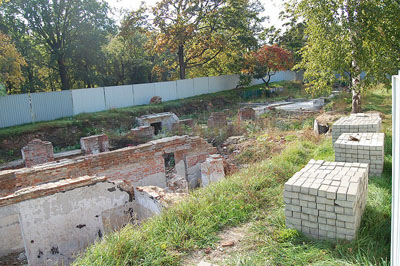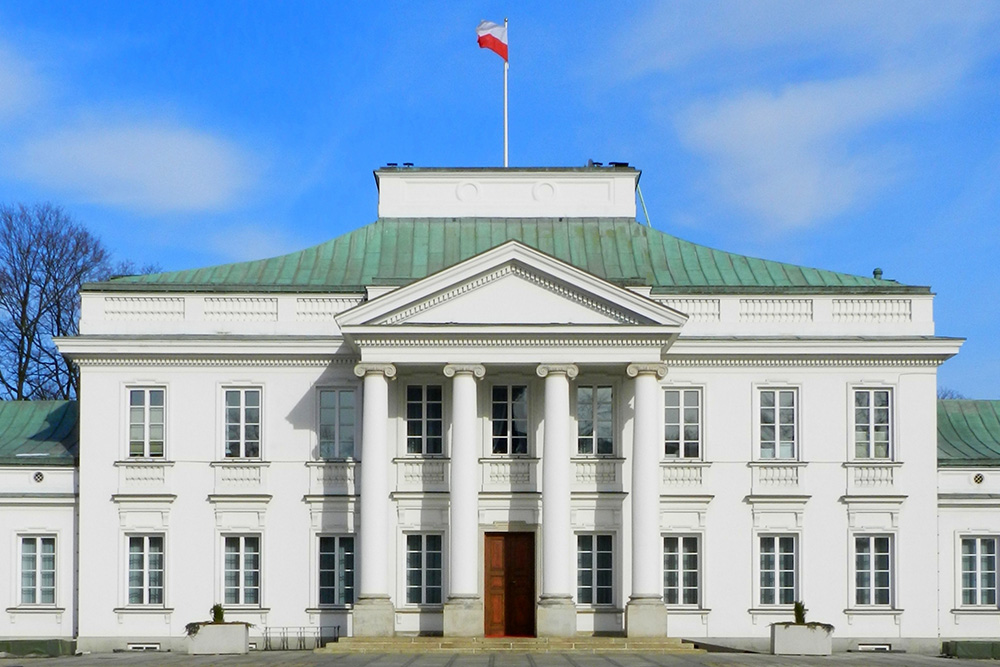The pictures below are from the heritage of a German soldier who served with a supply unit. They were taken in Warsaw and surroundings in 1942.
Various pictures show the ghetto of Warsaw. On October 2, 1940, the Jews in Warsaw were told that the Warsaw regional governor, Ludwig Fischer, had ordered the establishment of a ghetto. The Jewish inhabitants of Warsaw and its surroundings would be concentrated there, isolated from the outside world.
The Warsaw ghetto was the largest ghetto established by the Germans. This part of the city was separated from the rest by a brick wall, 10 feet high and a length of 10 miles. At the highest point, 445.000 Jews would be housed inside the ghetto. The isolated suburb did not only contain dwellings for the inhabitants but also numerous workshops owned by German industrialists and were supervised by the Wehrmacht. Here Jews were deployed as forced laborers for the German war industry. In the first year of the existence of the ghetto over 43.000 people died and in the first months of 1942, that number stood at some 37.000. They not only died from starvation but also from illnesses breaking out as a result of the deplorable hygienic conditions and the lack of medical facilities.
When the Nazi’s embarked on the total evacuation of the ghetto on April 19, 1943, they encountered fierce resistance. Jewish men and women had taken up arms and formed a militia. These Jewish warriors took revenge on the Germans who had deported their next of kin to the extermination camp Treblinka during the previous months. It took until May 16, 1943 before Jürgen Stroop, who was in charge of the evacuation, could report to his superiors that his operation had been completed.



